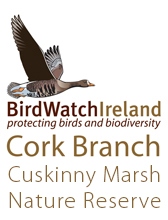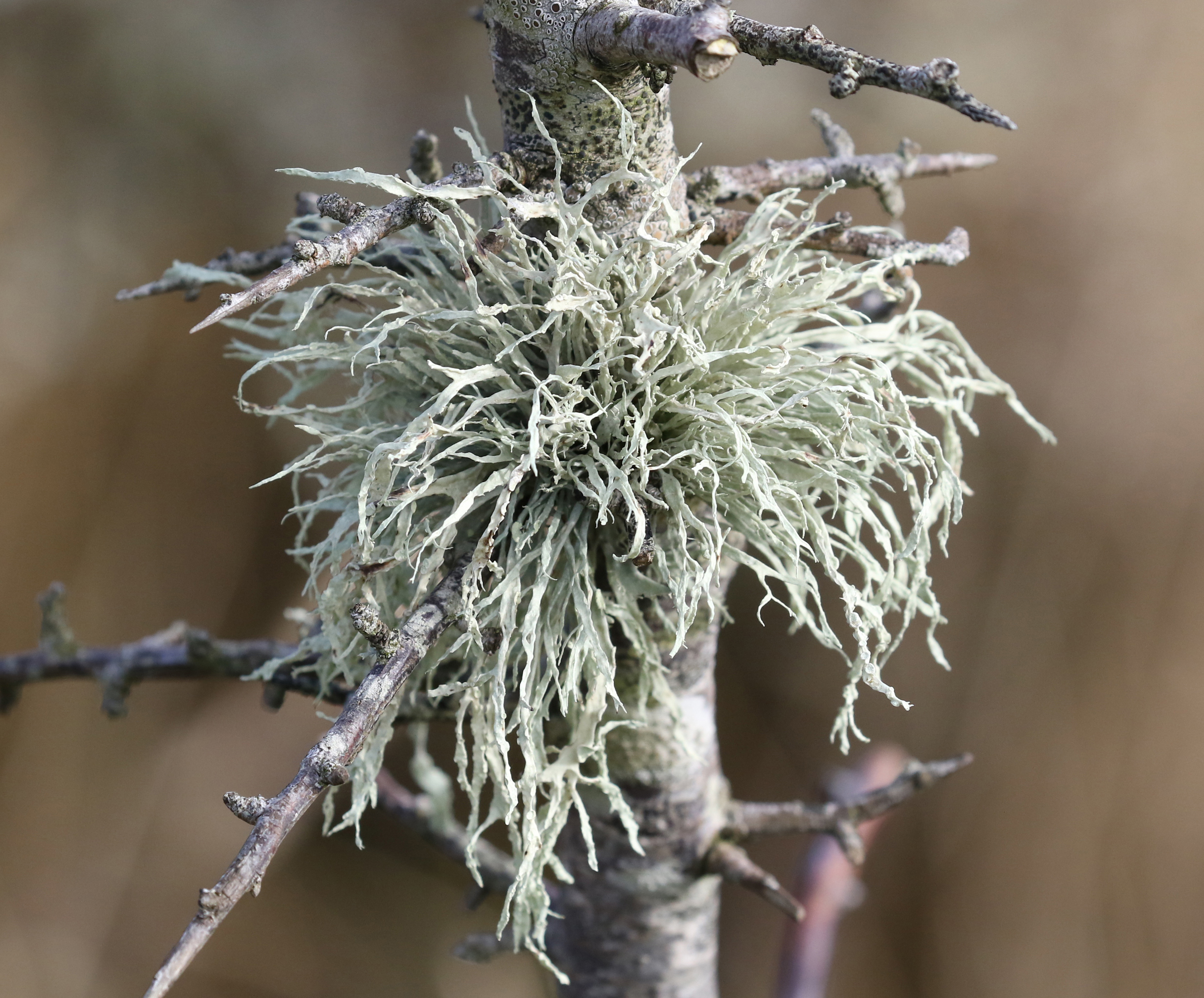Lichens
The following is an extract from a report by Howard J. Fox which included a survey of the lichens on some Alders in the reserve.
Four Alders were examined in wet woodland on the reserve. The boles of the trees are dominated by Parmelietum revolutae community. Lichens here are interesting with Parmelia subrudecta, Parmelia reticulata, Macentina stigonemoides (fertile), Gyalideopsis anastomosans, Graphis elegans, Arthonia didyma, ? Arthonia ilicina and Dimeerella pineti. Stenocybe pullatulla should occur (McCarthy 1978), but I did not search for it. Lichenicolous fungi occur, Vouaxuiomyces truncatus on parmelia caperata and several others seen on foliiose lichens on Alder and Salix, W of the track were not collected. Bleaching of Parmelia subrudecta is curious, and might be a symptom of pollution injury.
Cuskinny Marsh shares a similar flora to that found at Ballyphehane by McCarthy (1978,Ir.Nat. J. 19(50: 154-156). Hypogymnia, Ramalinaceae and Physciaceae are not prominent in Cuskinny, and Gyalideopsis, Macentina and Dimerella were probably overlooked in Ballyphehane. In the survey area, Site 16, Belvelly ponds and Site 24, hop. Rochestown were similar, harbouring pockets of pollution sensitive lichens.
The lichen parasite Arthonia punctella on Diplotomma epipolium was seen on the sea-wall below the Cork Harbour commisioners offices (W 808.666) and again on the sea-wall at Cuskinny (W 820.673). Arthonia punctella was first described by Nylander from a Carroll specimen collected ‘below Queenstown’ (W 80 66) in the 1860’s. Since then, the species has been found twice, in West Kent, England and Caithness, Scotland. It is reassuring that a population still persists at Cobh. Presumably, it grows elsewhere in Ireland, and will be found occasionally when sought.




